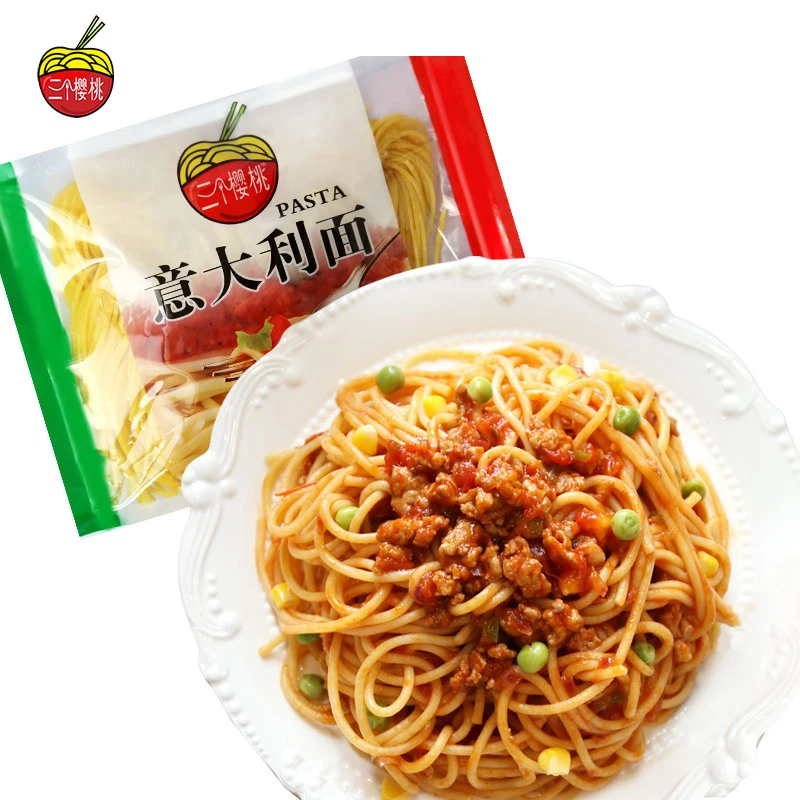The Nutritional Benefits of Whole Wheat Pasta for a Healthier Diet
How Healthy is Whole Wheat Pasta?
Whole wheat pasta has gained popularity over the years as a healthier alternative to its refined counterpart. With the growing awareness of nutrition and the importance of whole grains in our diets, many people are asking how healthy is whole wheat pasta? In this article, we will explore the nutritional benefits, potential drawbacks, and practical tips for incorporating whole wheat pasta into a balanced diet.
Nutritional Benefits of Whole Wheat Pasta
Whole wheat pasta is made from whole grains, which means it retains the bran, germ, and endosperm of the wheat kernel. This makes it a rich source of essential nutrients and offers several health benefits
1. Higher Fiber Content Whole wheat pasta contains significantly more dietary fiber than traditional white pasta. A typical serving of whole wheat pasta provides around 6 grams of fiber, compared to just 2 grams in refined pasta. Fiber aids digestion, helps maintain a healthy weight, and lowers the risk of various chronic diseases, including heart disease and diabetes.
2. Rich in Nutrients Whole wheat pasta is packed with vitamins and minerals, including B vitamins (such as niacin, thiamine, and folate), iron, magnesium, and zinc. These nutrients play vital roles in energy production, immune function, and overall health.
3. Lower Glycemic Index Whole wheat pasta has a lower glycemic index (GI) compared to white pasta. This means it causes a slower and more gradual rise in blood sugar levels, making it a better option for individuals with diabetes or those seeking to manage their blood sugar.
4. Feeling Full Longer The higher fiber content in whole wheat pasta can help you feel fuller for longer. This can assist in portion control and prevent overeating, which is beneficial for weight management.
Potential Drawbacks
While whole wheat pasta offers many health benefits, there are some potential drawbacks to consider
1. Taste and Texture Some people find the taste and texture of whole wheat pasta less appealing than that of traditional pasta. Whole wheat varieties tend to have a nuttier flavor and a denser, chewier texture, which may not be to everyone's liking.
how healthy is whole wheat pasta

2. Gluten Sensitivity For individuals with gluten intolerance or celiac disease, whole wheat pasta is not a suitable option, as it contains gluten. In such cases, gluten-free pasta alternatives made from rice, quinoa, or legumes may be recommended.
3. Caloric Content While whole wheat pasta is more nutritious, it still contains calories. Portion control is essential, as overeating any type of pasta can lead to excessive calorie intake.
Tips for Incorporating Whole Wheat Pasta
If you’re looking to incorporate whole wheat pasta into your diet, here are some practical tips
1. Start Gradually If you’re new to whole wheat pasta, consider mixing it with regular pasta initially. Gradually increase the ratio of whole wheat to refined pasta as your palate adapts.
2. Pair with Healthy Ingredients Enhance the nutritional value of your whole wheat pasta dishes by pairing them with various vegetables, lean proteins (like chicken, fish, or legumes), and healthy fats (such as olive oil or avocado).
3. Experiment with Sauces The sauce you choose can significantly impact the overall healthiness of your meal. Opt for homemade sauces that include fresh ingredients, and limit the amount of sugar and salt.
4. Watch your Portions Be mindful of portion sizes. A standard serving of cooked pasta is about one cup. Pair it with plenty of vegetables, which can help fill you up without adding too many extra calories.
5. Explore Recipes There are countless recipes available that highlight whole wheat pasta. From classic spaghetti bolognese to innovative pasta salads, you can enjoy a variety of dishes while reaping the benefits of whole grains.
Conclusion
In summary, whole wheat pasta is a nutritious and versatile food option that can contribute significantly to a healthy diet. Its higher fiber content, richness in essential nutrients, and lower glycemic index make it a valuable addition to your meals. While there may be some challenges in taste and dietary restrictions, the benefits often outweigh the drawbacks. By incorporating whole wheat pasta thoughtfully into your meals and combining it with wholesome ingredients, you can enjoy its many health benefits while indulging in delicious dishes.
-
Unleash Your Inner Chef with Delectable Italian Pasta CreationsNewsAug.01,2025
-
Savor Health and Flavor: Irresistible Soba Noodles for Sale Await!NewsAug.01,2025
-
Nourish Your Body with Premium Organic Ramen - A Culinary Delight AwaitsNewsAug.01,2025
-
Elevate Your Dishes with Our Exquisite Kinds of Egg NoodlesNewsAug.01,2025
-
Dive into Flavorful Convenience with Our Ramen OfferingsNewsAug.01,2025
-
Discover Exquisite Types of Naengmyeon and Chilled Soba NoodlesNewsAug.01,2025
-
Is Whole Wheat Pasta Healthy?NewsMay.30,2025
Browse qua the following product new the we

















































































































